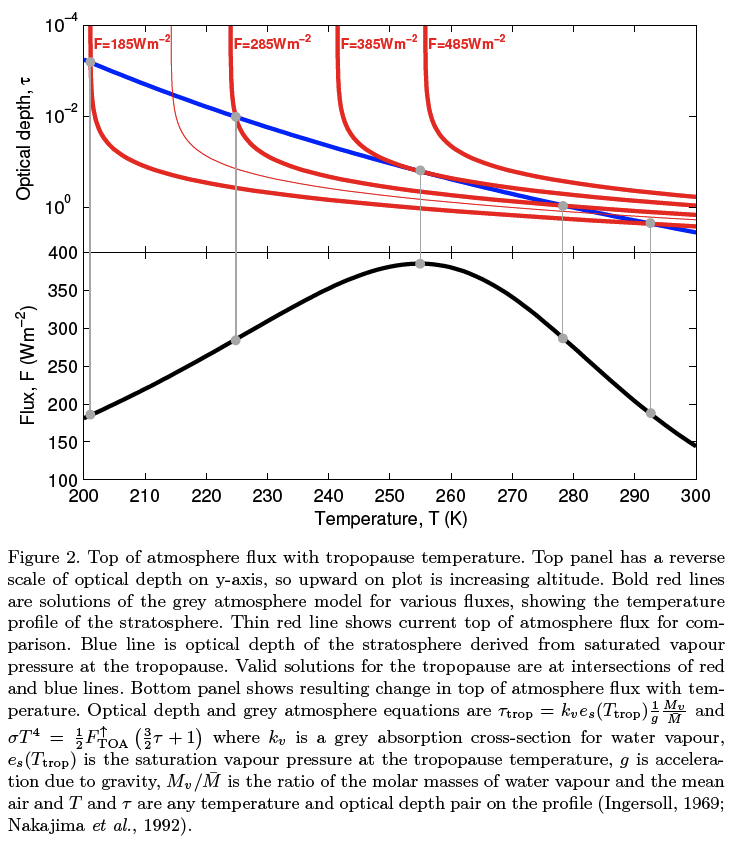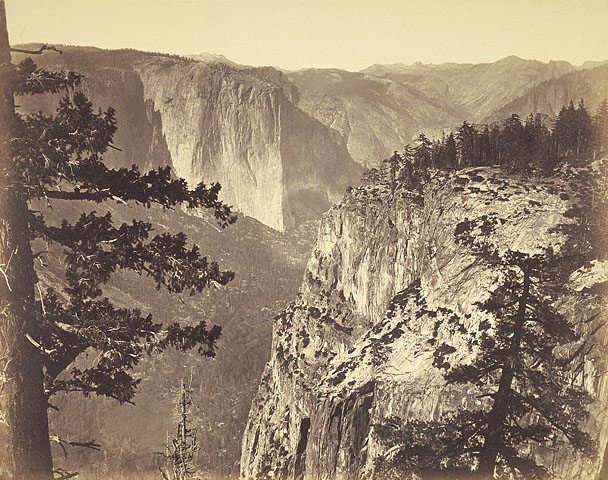Go to bed said Ms. Rabett, but Eli respectfully pointed out that someone said something wrong on the INTERNET and it's the Bunny's job to set them straight. Go to bed she replied and pulled the plug leaving Eli to hunt down the laptop.
Methane is much in the news (see Real Climate for example) and Eli wandered into a D-K moment at Judy's where one of the front pagers (notice how Judy is undercutting Tony in guest post quality?) was spitting up. Not so much wrong, as wrong for the case at hand, so the Rabett pointed to an article on methane oxidation that he had posted earlier, featuring a very nice diagram of the simplified reaction scheme from a review article by Ravishankara.
Well, harumphed the D-K poster child
So yet another Hare-brained scheme:-
H-O-O(dot) + NO(dot) (Peroxy Radical and Nitric Oxide) is generally given to generate peroxynitrous acid O=N-O-O(1-)H(1+), which then become nitric acid.
Whereas the dumb bunny has
H-O-O(dot) + NO(dot) giving HO(Dot) + NO2(Dot).
Thus, the reaction of the peroxy radical and nitrogen dioxide is given to be a source of hydroxyl radical and nitrogen dioxide by a floppy eared fool.
Bunny actually needs the rate constants for the reaction series
H-O-O(dot) + NO(dot) --> O=N-O-O-H
O=N-O-O-H --> HO(Dot) + NO2(Dot).
or
O=N-O-O-H --> HNO3
So mister bunny, go an look up the reaction kinetics and reflect upon the implications of a bifurcated pathway where one branch is in a rapid equilibrium and the other is irreversible.
At one time or other Eli had actually looked up those rate constants for his original take, in the place to look them up the IUPAC atmospheric chemistry critical data evaluation, and surprise, the rate for the first, yielding HO and NO2 is more than two orders of magnitude faster than the second yielding HNO3, so that the relative yield of nitric acid is substantially less than 1% under atmospheric conditions. Moreover, the HO, HO2, NO and NO2 are not in a thermodynamic equilibrium, but there is a steady state situation where the sources of NOx and HOx(combustion, etc) balance the sinks such as 1a. There is an important difference between an equilibrium situation and a steady state one which Eli will get to in another post.
There are things about atmospheric chemistry (more precisely gas phase reactions) that are worth discussing because if all you have is general chemistry you miss the point as was done comprehensively by Doc Martyn, and this set of reactions is not a bad place to start.
(1) HO2 + NO --> HO + NO2
(1a) HO2 + NO --> HNO3, or nitric acid
Thus once again it becomes clear that Eli will have to stay up late correcting wrong Weblike pontifications.
The HO radical is the key reactant for atmospheric oxidation reactions, degrading stuff to water vapor and carbon dioxide. The HO
2 radical acts as a reservoir species for reactive HO. Throw in some nitrogen oxides and you get
(1) HO2 + NO --> HO + NO2
(2) HO + CO --> H + CO2
(3) H + O2 + M -->HO2 + M
Reaction 2 is basic to all hydrocarbon oxidation since those schemes almost always pass through formaldehyde, H2CO which decomposes to yield CO. CO oxidation to CO2 is dominated by reaction with HO and the H atoms combine with O2 to form HO2.
What is that M you ask. Anything else. When the H and the O2 near each other, there is an attractive force between them, but it is not sufficient to stabilize HO2 unless a third body M can carry away some of the energy and stabilize the adduct. If there is no third body, the kinetic energy of the collision causes the reactants to fly apart and the addition reaction does not occur.This need for a third body to stabilize adducts is one of those things that we never get to in general chemistry, and, indeed never really need to because in solution, where general and organic chemistry are mostly done, there is always a third body provided free of charge by the solvent.
Reaction 1 has all this in spades. Looking only at the reactants, the average or sub-average chemist would say, do a Doc Martyn, clear we got nitric acid! as the product and, of course it is here that the good Doc Martyns go astray
So mister bunny, go an look up the reaction kinetics and reflect upon the implications of a bifurcated pathway where one branch is in a rapid equilibrium and the other is irreversible.
Well, true 1a is irreversible, but the rate constant is small, especially compared to 1 and the OH and NO2 products of 1 are themselves involved in a number of other fast reactions of which 1a is a termination step so real Rabetts need to be more sophisticated..
To discuss what actually happens we need a potential energy surface (PES). In the old days we did the Lamb thing and scribbled free hand, what we thought reasonable, but there are computers and ab initio chemistry programs with lots of alphabet soup (would you like a dash of DFT B3LYP/6-31 G++ with that, or perhaps some CCSD(T) sauce?) and we can get the PES, which, if not perfect, is indicative

Here the reactants start on the right, where they belong, and the products are on the left, but sometimes in the middle as will be explained. Eli has taken but slightly modified this surface from Butkovskaya, Kukui, Pouvesle, and Le Bras. J. Phys. Chem. A 2005, 109, 6509-6520
Confused? Let's take a look a some prototypes in order to gather vocabulary. There is simplification, omission and some wiggle in what follows in order to emphasize the high spots.

To the left is a PES for the typical gen chem reaction, A + BC --> AB + C with a barrier in the entrance channel. By entrance channel we mean that first thing, the reactants have to collide with enough energy to exceed the barrier in order to react. The transition state (TS) represents the lowest energy configuration which the reactants have to pass through in order to become products and the height of the transition state is the minimum collisional energy needed for the reaction to take place. If the collisional energy is lower, then nothing happens. ΔE is called the activation energy. If the collisional energy is above the TS barrier then the reaction will occur and the products AB + C will separate with kinetic energy which is the difference between the collisional energy and the potential energy of the products. In such a case the temperature dependence of the reaction rate constant has what is called the Ahrennius form k = A exp(-ΔE/kT) where k is Boltzmann's constant. Increasing the temperature of the system increases the average collision energy, and thus the rate of reaction.
Now let us look at something a bit more complicated

Here we have added a stable adduct, ABC in a potential well. If there are no additional encounters with third bodies (the divine molecules M) during the reaction (sub nanosecond times at the most), the reactants with collision energy above the barrier sail on through to form the products, AB + C, but if the pressure is high enough there are collisions which drop the activated complex ABC** down into the ABC potential well and the relative yields of AB or ABC depend on the number of collisions or, equivalently, the pressure

Finally there are radical (and radical-radical) reactions. Radicals, for Eli's purposes are odd electron species which are very reactive. Their reactions do not have a barrier in the entrance channel although there might be later ones as is the case for Reaction 1. The characteristic of a radical reaction is a NEGATIVE activation energy, so that the rate INCREASES with decreasing temperature. This is a measure of the strength of bond formation for the activated complex. The lower the collision energy, the more likely the complex is to form and not fall apart and thus the more likely that there will be a reaction.
In the next chapter RR will return to the HO
2 + NO --> PES.





























Louise, wasn’t allocated space above to answer, so here it is: I have given myself an order – to simplify things; because complicating don’t change the truth, but is used exclusively for confusing the majority on the street, by people that are scared from the truth. Should I make exception for you? .
Ask anybody that has being using gas for cooking; they will tell you that methane is heavier than O+N on sea-level / in gas state. When you recognise the truth, wouldn’t complicate / massage the facts – instead you look for real reasons: the 4 atoms of hydrogen in the methane molecule only have PROTONS that’s where the gravity is; but no lots of neutrons as in O+N, which take space = volume, but no weight. 2] 2H2 (2 deuterium) in methane hug each other – oxygen + nitrogen in the air stay apart. It’s just a small example; if is something unusual, look for real reasons, don’t make fool of yourself, just to be argumentative. Louise, 4 ball-bearings are heavier than a cork with double the volume. I challenge you: ”you challenge every scientist on this blog; what would they say; is methane heavier than O+N on sea-level – then ask a WORKING PERSON on the gas station that handles methane – will tell us all, who is cherry-picking / who has interest to massage the truth? Definitely the person WORKING with methane will be the one to believe, not a Warmist academic.
Methane is very important subject that will affect the atmosphere / climate. Not for what the propaganda says; but because burning methane depletes lots of oxygen – creating new methane is REVERSING THE DAMAGES; I have A page on methane in the digestive system on my website. Yesterday 62 people visited my website; only 2 people went to the page on methane.= all are avoiding what is most important for their life – instead will keep repeating here about: albedo, noise, observation, forcing, equilibrium bla, bla…. = Sir Humphrey’s empty talk” If you read every sentence of the text I am referring – you will understand how harmful empty talk is – how important exposing the truth is – take the challenge, all of you. It’s a big crime in progress – most of them are plying Sargent Schulz ( I know noooothing) That is a crime in itself